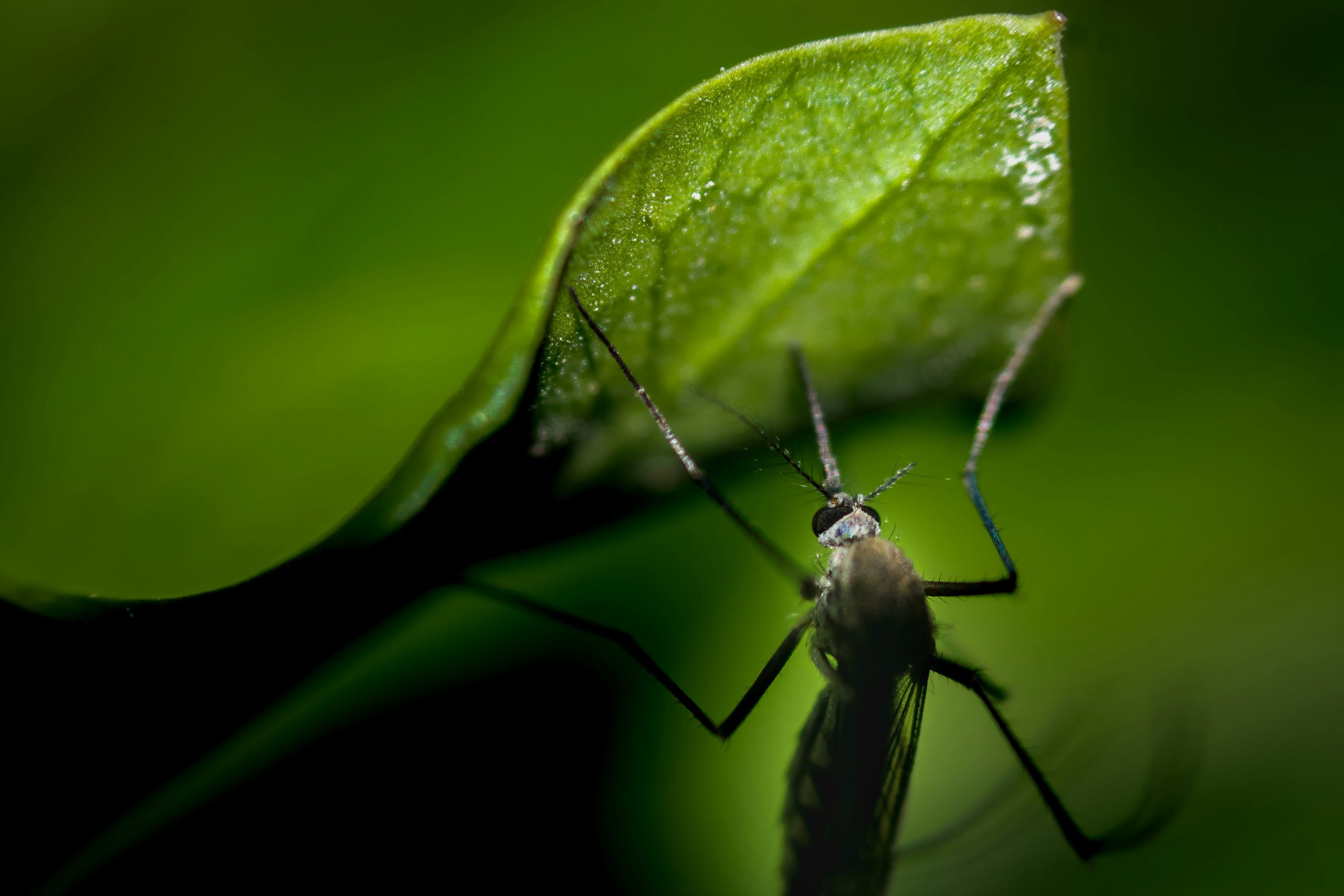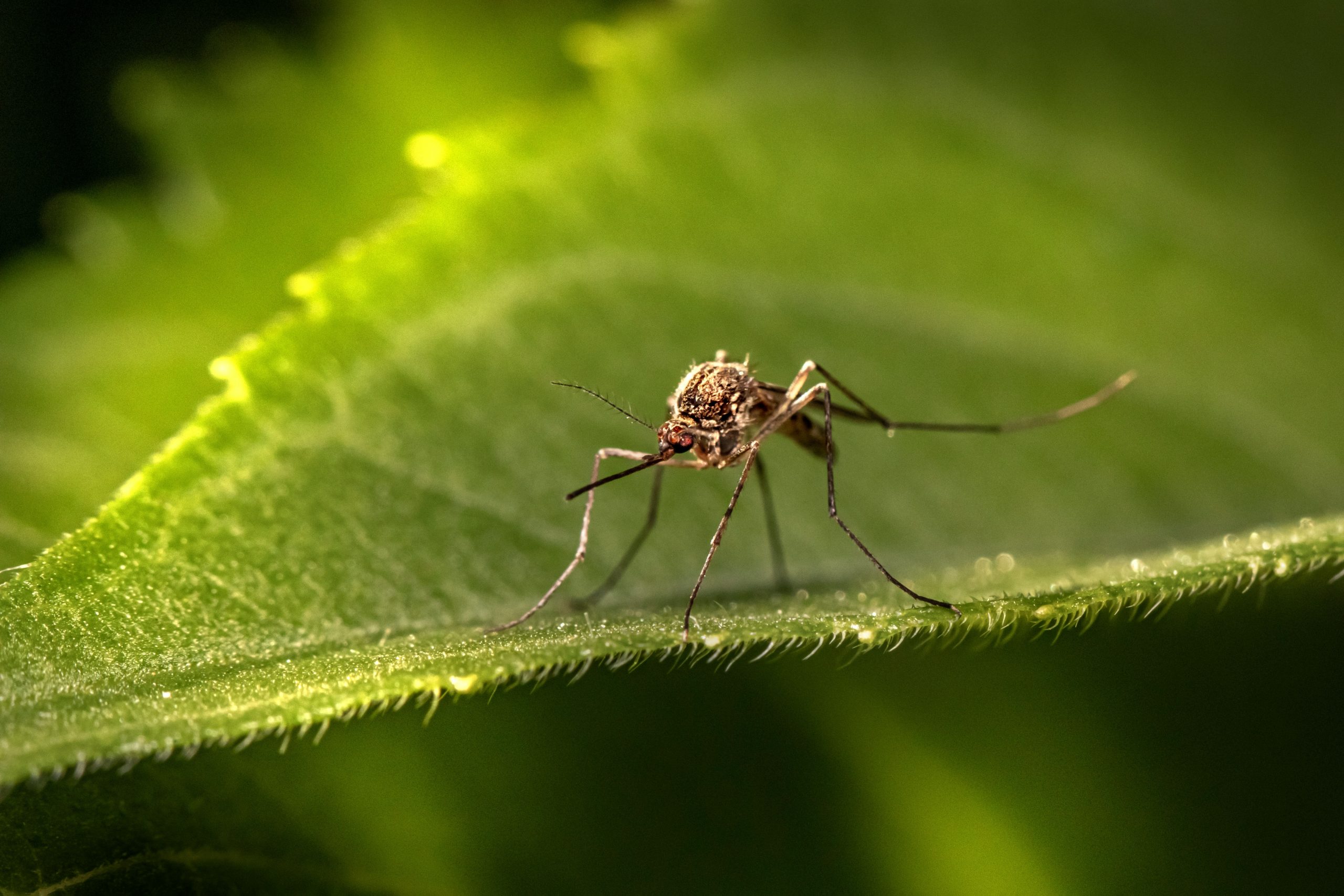Mosquitoes
Your Mosquito problem, Gone For Good.
Talk to an Expert
We’ll be in touch to personalize your pest protection plan:

DESCRIPTION:
___
Mosquitoes are small, flying insects known for their slender bodies, long legs, and distinctive needle-like mouthparts used for feeding. Typically measuring between 3 to 6 millimeters in length, they have two wings covered in tiny scales and are often gray, brown, or black with white or iridescent markings. While both male and female mosquitoes feed on nectar, only females bite humans and animals to consume blood, which is essential for egg production. These pests are notorious for spreading diseases such as West Nile virus, Zika virus, and malaria, making them a significant concern for homeowners and businesses.
BIOLOGY:
___
Mosquitoes undergo a four-stage life cycle: egg, larva, pupa, and adult, completing this process in as little as a week under warm conditions. Eggs are typically laid in stagnant water, where larvae hatch and develop into pupae before emerging as adults. The lifespan of a mosquito varies by species, but most live between two weeks and two months. Females can lay hundreds of eggs in their lifetime, making infestations difficult to control without proper mosquito management strategies. Their ability to reproduce rapidly and thrive in various climates makes them a persistent nuisance, especially during warmer months.

HABITS:
___
Mosquitoes are most active during dawn and dusk when temperatures are cooler, and humidity is higher. They are attracted to body heat, carbon dioxide, and sweat, using their keen sense of smell to locate hosts from a distance. After feeding, female mosquitoes rest in cool, shaded areas while digesting the blood meal before laying eggs in standing water sources like birdbaths, clogged gutters, and ponds. While some species prefer human hosts, others target birds, livestock, or wild animals. Effective mosquito control includes eliminating breeding sites, using repellents, and installing barriers like screens and mosquito traps to minimize bites and infestations.
